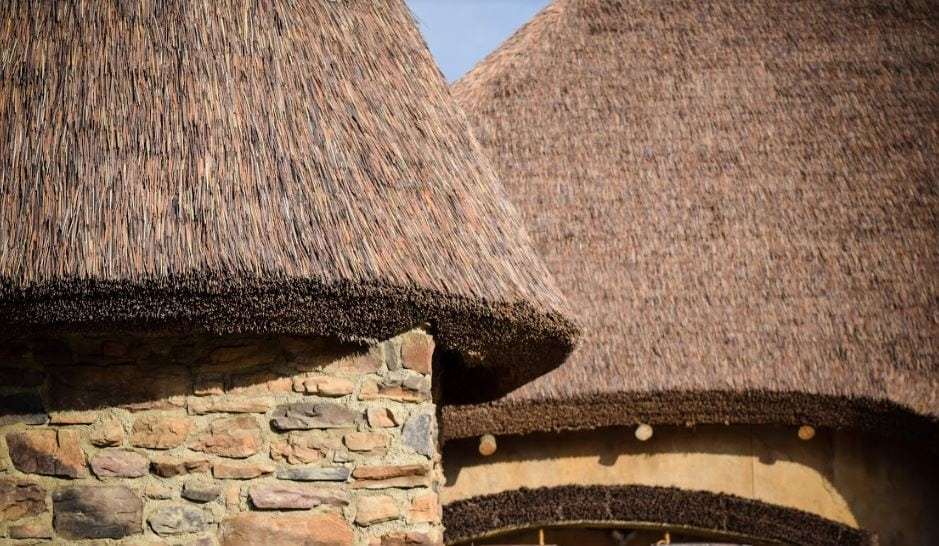
Two Ways To Recycle Endureed’s Regions Series Synthetic Thatch Shingles
chemical recyclingEndureed’s Region Series products are 100 percent recyclable. That’s part of our commitment to ecology and sustainability. Realistically, our synthetic thatch shingles sit on top of their structures for many decades looking gorgeous. Still, sometimes even durable shingles like Endureed Regions shingles need recycling.
What processes are used to recycle the durable materials that make up Regions Series products?
Mechanical Recycling
One way recycling facilities recycle our durable products is through a process known as “mechanical recycling.” First, the material gets cut into very small pieces. These shingles consist of an environmentally-responsible thermoplastic material which readily melts to make new products. As a thermoplastic, it melts and becomes malleable when heated rather than burning. This process eliminated the risks of dangerous chemical fumes. Then, as it cools, it hardens again. The drawback of mechanical recycling? It’s sometimes labor intensive to sort through plastics finding thermoplastics. Still, it’s a viable solution for environmentally-minded companies.
Feedstock Recycling
The other way our Regions Series shingle can be recycled is through a process known as “feedstock recycling.” This breaks the thermoplastic down into its chemical molecules. This is also known as “chemical recycling” or “tertiary recycling.” It converts waste polymer into original monomers or other valuable chemicals that are in turn used as fuels or in a multitude of other industrial processes. Incidentally, as isolated monomers, this process provides virgin material alternatives in manufacturing new polymers. The processes help reduce the demand for the original creation of these substances. It also limits the demand for originally sourced fuels, which are considered non-renewable natural resources. Their supplies aren’t unlimited. Feedstock recycling has emerged as an incredible safe way to handle polymer waste.
As a manufacturer of green building supplies, we must produce products that can be recycled responsibly with minimal, if any, environmental impacts. We know this, and we take this responsibility seriously. Please keep in mind: Our materials help buildings achieve LEED certification for a reason.
Look, we understand that people assume that natural thatch is the greener option. Still, in these modern times of industrialized agriculture and stringent building codes, our synthetic thatch is the absolute safest and environmentally-friendly thatch roofing product that exists… and that includes the consideration of natural thatched roofing.





